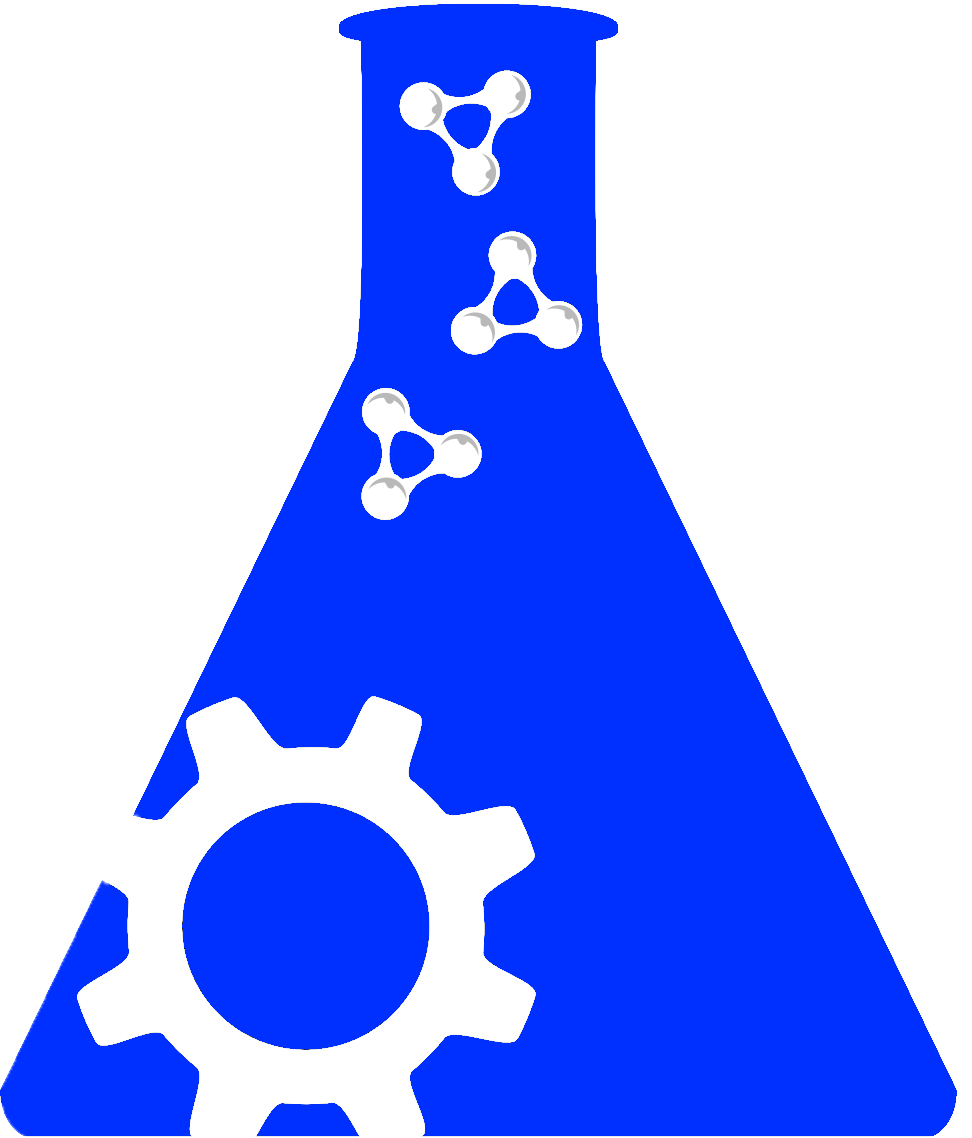Full Data Package |
Data Dictionary |
Supplementary Files |
||||||
|---|---|---|---|---|---|---|---|---|
Create new odc-sci Account and/or log in to download the file. |
||||||||
Cytosolic Phospholipase A2 in Infiltrating Monocyte-Derived Macrophages Does Not Impair Recovery After Thoracic Contusion Spinal Cord Injury in Female MiceDOI:10.34945/F52307DATASET CITATIONGlaser E. P., Kopper T. J., Bailey W. M., Kumari R., Stewart A. S., Gensel J. C. (2024) Cytosolic Phospholipase A2 in Infiltrating Monocyte-Derived Macrophages Does Not Impair Recovery After Thoracic Contusion Spinal Cord Injury in Female Mice. Open Data Commons for Spinal Cord Injury. ODC-SCI:1237 http://doi.org/10.34945/F52307ABSTRACTSTUDY PURPOSE: Our previous work suggests that cytosolic phospholipase A2 (cPLA2) plays a role in the proinflammatory potentiating effect of myelin on macrophages in vitro. The purpose of the current work was determine the role of macrophage cPLA2 expression on spinal cord injury (SCI) pathology and recovery. We first employed an in vitro model using bone marrow-derived macrophages isolated from cPLA2 KO mice. Next we optimized and generated cPLA2 KO bone marrow chimeras via hematopoietic stem cell transplantation with cPLA2 KO donors. Using our T9 contusion SCI model we examined locomotor recovery and tissue sparing after injury.DATA COLLECTED: Bone marrow-derived macrophages isolated from cPLA2 KO or WT controls were treated with a combination of myelin and/or a proinflammatory stimulus (LPS+IFN-gamma). We collected in-vitro data examining reactive oxygen and nitrogen species production, neurotoxicity, and arginase activity after treatment. To first optimize our bone marrow chimerization technique we subjected C57BL/6J mice to different doses of total body irradiation: 8, 10.5, and 13 grays. We then transplanted hematopoietic stem cells from Actin-GFP donors and assessed chimerization efficiency 9 weeks after transplantation. Using flow cytometry, we quantified the percent of CD45+ leukocytes and CD45+/CD11b +/Ly6G - myeloid cells that were GFP positive. We then generated cPLA2 KO chimeras using cPLA2 KO or WT bone marrow donors and 10 grays of radiation. 8-12 weeks after chimerization female C57BL/6J mice (2 -4 months old at time of chimerization) were subjected to T9 65kdyn contusion SCI. To assess recovery after SCI in the cPLA2 KO bone marrow chimeras we employed the Basso Mouse Scale (BMS), the Catwalk XT gait analysis system, and the horizontal ladder test. We specifically quantified BMS score, percent of correct paw placements out of total steps, as well as regularity index, hind paw base of support, hind paw stride length, and hind paw print area. To determine tissue sparing after SCI in the cPLA2 KO bone marrow chimeras we employed a double stain with neurofilament axonal stain and eriochrome cyanine myelin stain. We used this technique to distinguish between lesion and intact spinal cord tissue. We quantified tissue sparing at the lesion epicenter as well as 300 um rostral and caudal to the lesion epicenter. Additionally, we quantified the intralesional axon density in the lesion core. To confirm chimerization we determined cPLA2 expression in circulating leukocytes at the study endpoint using RT-qPCR. Additionally, we determined cPLA2 expression at the lesion epicenter (T9) 7 days after injury using a nanostring gene array. The data from this gene array is included in a supplementary file.CONCLUSIONS: After SCI, cPLA2 KO bone marrow recipient chimeras displayed similar locomotor recovery and tissue pathology compared to WT recipient chimera controls. These data suggest that although cPLA2 plays a critical role in myelin-mediated potentiation of proinflammatory macrophage activation in vitro, it may not contribute to secondary injury pathology in vivo after SCI.KEYWORDSSpinal Cord Injury; Macrophage; myelin; InflammationPROVENANCE / ORIGINATING PUBLICATIONSRELEVANT LINKSNOTES |
DATASET INFOContact: Gensel John (gensel.1@uky.edu)Lab: Gensel Lab (Nero)
|
|




